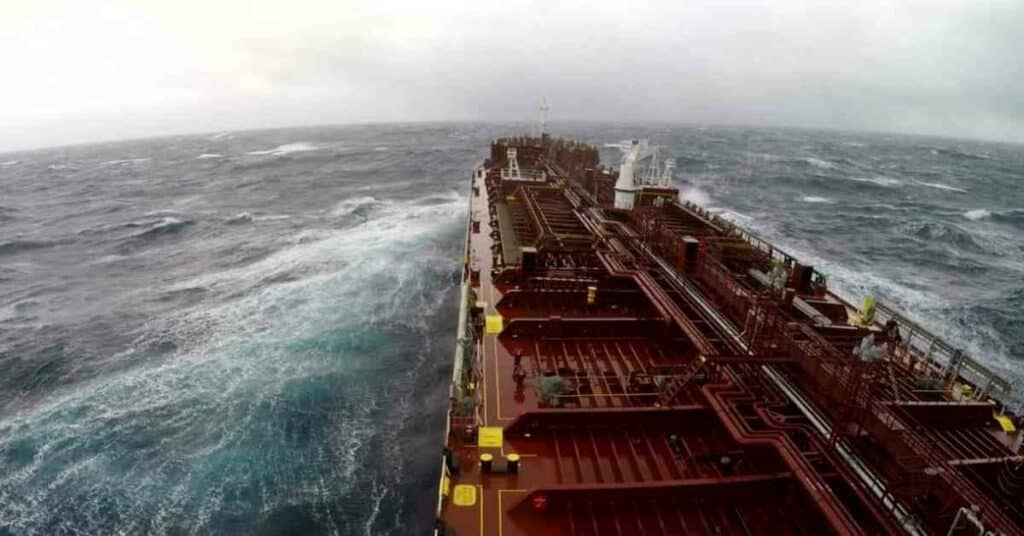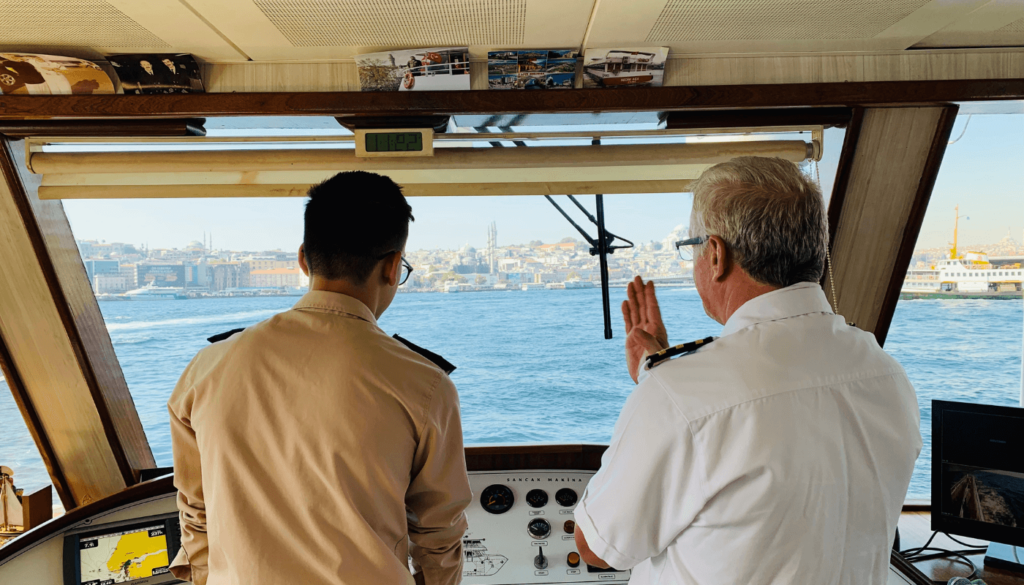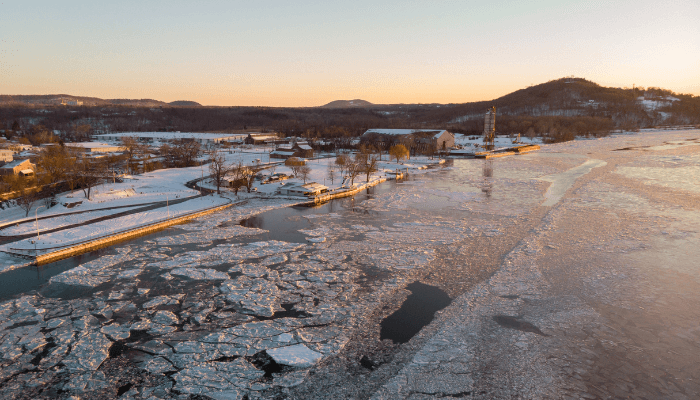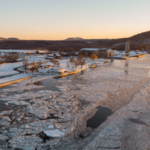10 Celtic Sea Facts You Should Know
The Celtic Sea is a part of the Atlantic Ocean lying off Ireland’s southern coastline. It is surrounded by St. George’s Channel from the east. Its other limits include the Bristol Channel, the English Channel, the Bay of Biscay, and the adjacent part of places including Brittany, Wales and Cornwall. The southern and western borders of the Celtic Sea are not clearly defined.
Read along to know ten fascinating facts about the magnificent Celtic Sea.
1. Began forming around 200 million years ago
As a geographical entity, the Celtic Sea began taking shape 200 million years ago. It underwent many complex geological processes to become what it is today.
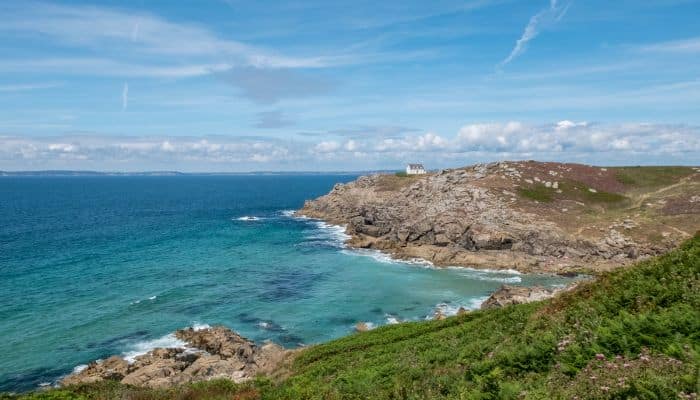
When the supercontinent Pangaea broke up, tectonic plates shifted and separated, giving birth to and subsequently widening the Atlantic Ocean and creating the Celtic Sea.
Furthermore, many factors like sedimentation, erosion, and glaciations unfolded over millions of years and shaped the landscape of the sea and its marine ecosystem.
2. The Isles of Scilly is a famous tourist spot in the Celtic Sea
The Isles of Scilly is an archipelago of 5 islands off the southwestern tip of Cornwall in England.
The five islands are St. Mary’s, Tresco, St. Martin’s, Bryher, and St. Agnes.
One of the islands of the group, St Agnes, is the southernmost point in Britain, more than 4 miles further south than the most southerly point of mainland Britain at Lizard Point.
It is also interesting to note that the shores of Scilly have the most documented shipwrecks than anywhere else in the world. This can be attributed to the weather, which is often troublesome, accompanied by gale-force winds and rocky terrain. There are around 530 shipwrecks here!
The islands are ‘Areas of Outstanding Beauty’ and are preserved and well-looked after by the authorities.
Apart from the islands, there are around 140 rocky islets as well. The islands have a warm climate and rarely experience any frost or snow. This enables local farmers to harvest their main agricultural product, which is flowers and mainly daffodils.
Since the 18th century, these islands have depended on the mainland for sustaining themselves and procuring food. However, today tourism generates 85% of the island’s income. Many locals are in the hospitality business.
They readily attract investment due to the region’s favourable climate, natural beauty and great connectivity by seaways and airways with the mainland.
3. Named after the region’s Celtic Heritage
The Celtic Sea is named after the region’s Celtic heritage. The name was suggested by a famous Marine Biologist, E.W.L.Holt, in 1921 during a gathering of fisheries experts hailing from France, Ireland and Great Britain.
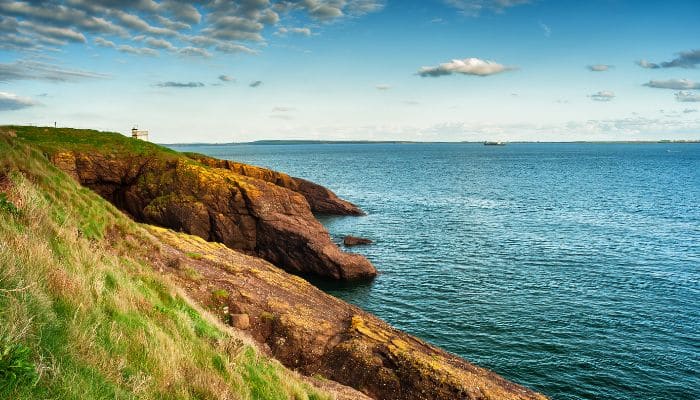
The need for a uniform name was considered necessary by all the countries due to the region’s common hydrology, geology and marine biology.
Hence, the experts decided upon an easy name representing the region as a whole, which is how this particular region of the Atlantic Ocean came to be called the Celtic Sea.
4. Contains Abundant marine life
The Celtic Sea is home to many marine mammals, although it had even more diverse flora and fauna in the past. This is because the fisheries in the Celtic Sea are overexploited, harming its delicate ecosystem.
Four cetacean species commonly visible in Celtic sea waters are bottlenose dolphin, minke whale, short-beaked common dolphin and harbour porpoise.
Many would be shocked to find sharks in this sea. It also contains rays, demersal sharks and skates.
People can catch large and heavy fish in mid-waters such as blue whiting, horse mackerel, boarfish etc.
5. Celtic Sea Salt is one of the best types of salt in the world
The Celtic Sea is rich in different minerals that support improved health and the overall physical health of human beings and animals.
Different kinds of sea salt from the Celtic Sea are harvested manually and left to dry naturally. This manner of using wind and sun, called sustainable harvesting, is combined with traditional practices to create natural salt.
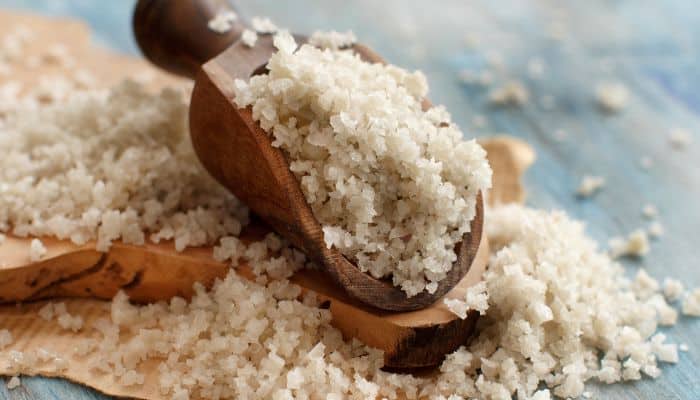
Consuming Celtic Sea salt maintains balance within the body since it provides magnesium, potassium and other nutrients not present in regular sea salt.
Celtic Sea Salt is regarded as one of the best types of salt in the world. It is free of chemicals, smooth in texture, has a mellow taste, and is loaded with essential minerals.
6. Many rivers flow into the Celtic Sea
Rivers from England, France, Ireland and Wales flow into the Celtic Sea. Shannon is the longest river in Ireland. It flows 360 km from its source in County Cavan through the country’s central region, ultimately emptying into the Shannon estuary that leads to the Celtic Sea.
Severn is the longest river in the UK, flowing through England and Wales. It meets the Celtic Sea at Severn Estuary.
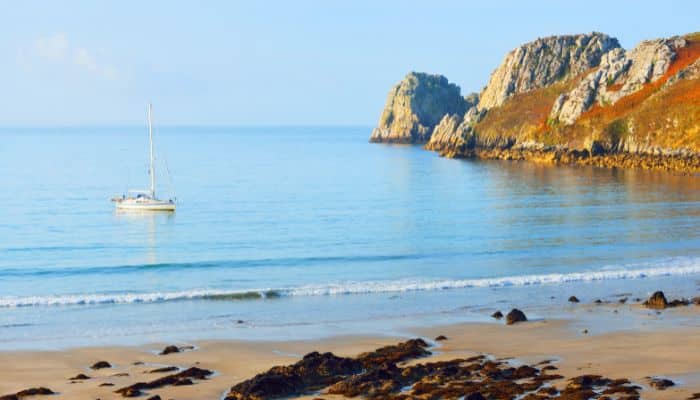
Tamar River is part of the border between Cornwall and Devon in southwestern England. It flows for 61 km and joins the Celtic Sea at Plymouth Sound.
The longest river in France, the Loire flows through many cities like Tours, Orleans and Nantes before reaching the Atlantic Ocean through the Loire estuary, a part of the Celtic Sea.
Lee River flows through Cork, Ireland and into the Cork Harbour, leading to the Celtic Sea. Apart from these, there are many other rivers as well that drain into the Celtic Sea.
7. Covers an area of 300,000 sq. km
The Celtic Sea has varying depths throughout the expanse. The seabed, called the Celtic Shelf, is a part of Europe’s continental shelf. The northeast part of the sea is 90-100 m or 300-330 ft deep, increasing towards Saint George Channel.
However, its average depth is around 200 m. The Celtic Sea is shallow near the coast and quite deep in some areas.
On the opposite side, sand ridges going southwest have the same height but are separated by troughs 50 m deeper. These ridges resulted from tidal effects when the sea level was lower than what it is today.
8. The deepest part of the sea lies in the western part, called Celtic Deep
The deepest area of the Celtic Sea, known as the Celtic Deep, reaches depths of more than 275 m or 900 ft. It is a depression on the seabed with water depths between 100-200 m within the site. The Celtic Deep has occasional ridges and sedimentary channels as well.
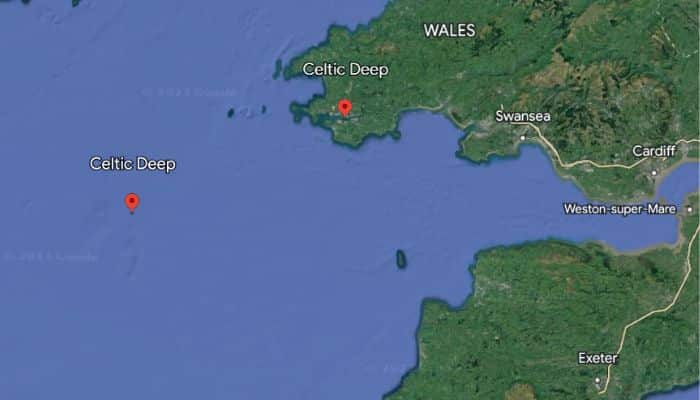
The Celtic Deep lies to the southwest of Ireland and west of the UK, in the western portion of the Celtic Sea. It is home to UK’s biggest and most iconic marine megafauna, including sharks, whales, dolphins, bluefin tuna etc. Many companies organise excursions into the Celtic Deep, where one can see and even swim with these majestic creatures.
9. Has numerous troughs and channels
The Celtic Sea is characterised by many troughs and channels that run through it. For instance, the Bristol Channel separates South Wales from the southwestern part of England. Other smaller troughs and channels found throughout the region contribute to the overall topographic diversity.
Another feature of the Celtic Sea is sea mounts or underwater mountains that rise from the seabed, leading to regional variations in depth. The Celtic Sea also has canyons, valleys and ridges that add to its geographical complexity.
10. Celtic Sea is close to major shipping ports
Swansea is situated close to the seaward end of the Bristol Channel on the southern Wales coast. It handles general cargo, dry bulk, coal, cement, containers, steel, tinplate and aluminium. Around 503 ships and 400,000 tonnes of cargo are handled annually.
Cork, on the southern coast of Ireland, is another important port. There are many ports in the Celtic Sea region, like Plymouth, Roscoff, Waterford, Falmouth, Brest, Milford Haven, Wexford etc.
You might also like to read-
- 10 Major Ports On The Red Sea
- 15 Interesting Facts About The Bermuda Triangle
- Major Ports And Terminals in Moldova
- 10 Major Caspian Sea Ports
- 12 Major Gulf Of Bothnia Facts
Disclaimer :
The information contained in this website is for general information purposes only. While we endeavour to keep the information up to date and correct, we make no representations or warranties of any kind, express or implied, about the completeness, accuracy, reliability, suitability or availability with respect to the website or the information, products, services, or related graphics contained on the website for any purpose. Any reliance you place on such information is therefore strictly at your own risk.
In no event will we be liable for any loss or damage including without limitation, indirect or consequential loss or damage, or any loss or damage whatsoever arising from loss of data or profits arising out of, or in connection with, the use of this website.
Do you have info to share with us ? Suggest a correction
Disclaimer :
The information contained in this website is for general information purposes only. While we endeavour to keep the information up to date and correct, we make no representations or warranties of any kind, express or implied, about the completeness, accuracy, reliability, suitability or availability with respect to the website or the information, products, services, or related graphics contained on the website for any purpose. Any reliance you place on such information is therefore strictly at your own risk.
In no event will we be liable for any loss or damage including without limitation, indirect or consequential loss or damage, or any loss or damage whatsoever arising from loss of data or profits arising out of, or in connection with, the use of this website.

About Author
Zahra is an alumna of Miranda House, University of Delhi. She is an avid writer, possessing immaculate research and editing skills. Author of several academic papers, she has also worked as a freelance writer, producing many technical, creative and marketing pieces. A true aesthete at heart, she loves books a little more than anything else.
Latest Maritime Knowledge Articles You Would Like:
Daily Maritime News, Straight To Your Inbox
Sign Up To Get Daily Newsletters
Join over 60k+ people who read our daily newsletters
By subscribing, you agree to our Privacy Policy and may receive occasional deal communications; you can unsubscribe anytime.



